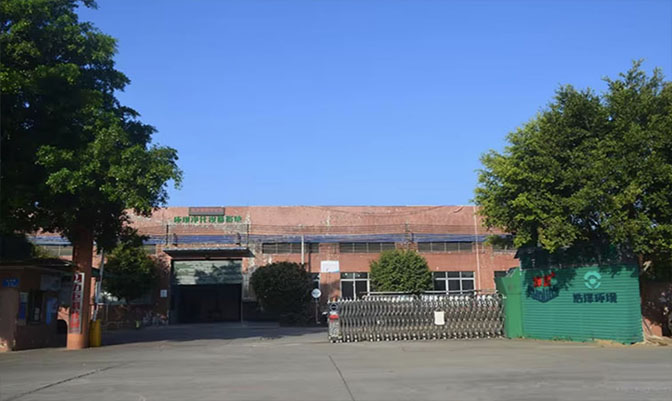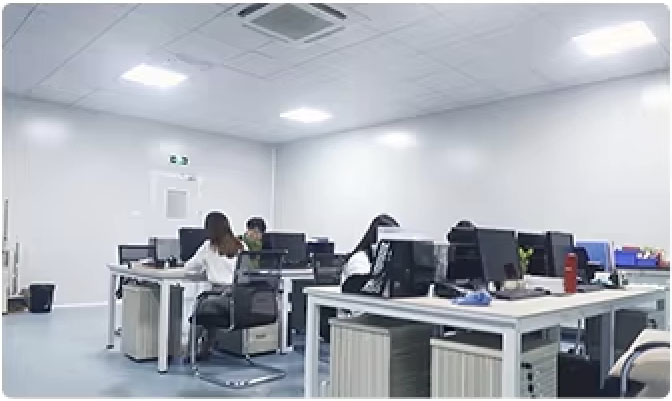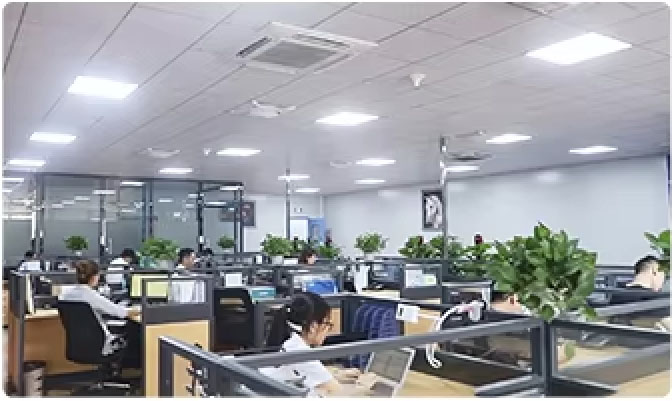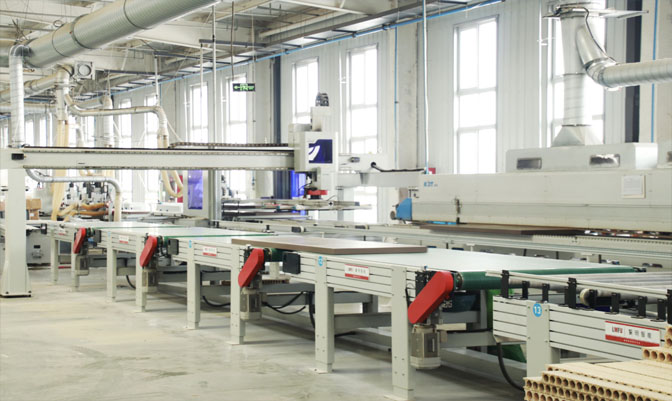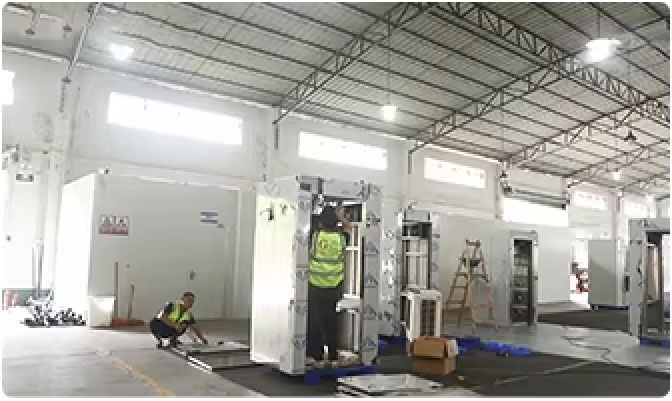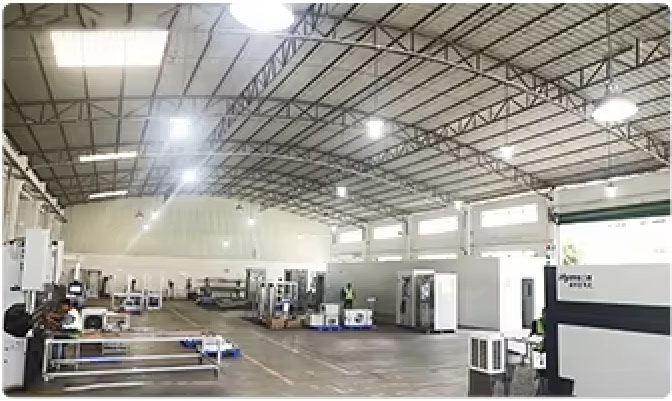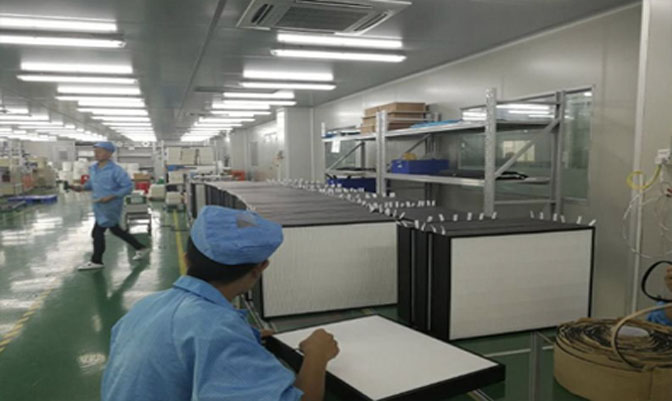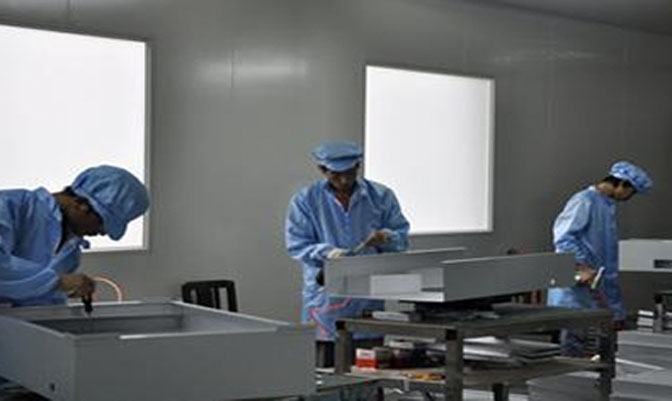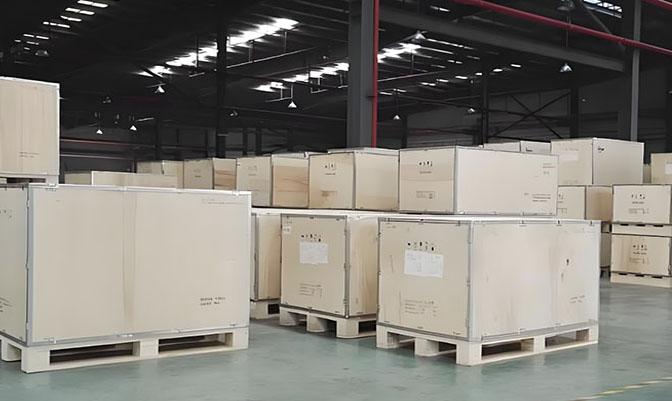 MENU
MENUX
With its high efficiency filtration performance, high quality materials and unique design, the liquid tank type high efficiency filter without partition is widely used in clean rooms and environments with very high requirements for air quality. Proper installation, regular maintenance and timely replacement of filters are the keys to ensuring their efficient operation. By following the relevant precautions and maintenance procedures, the service life and filtration efficiency of the equipment can be significantly improved, thus ensuring cleanroom air quality and meeting the needs of various industries.
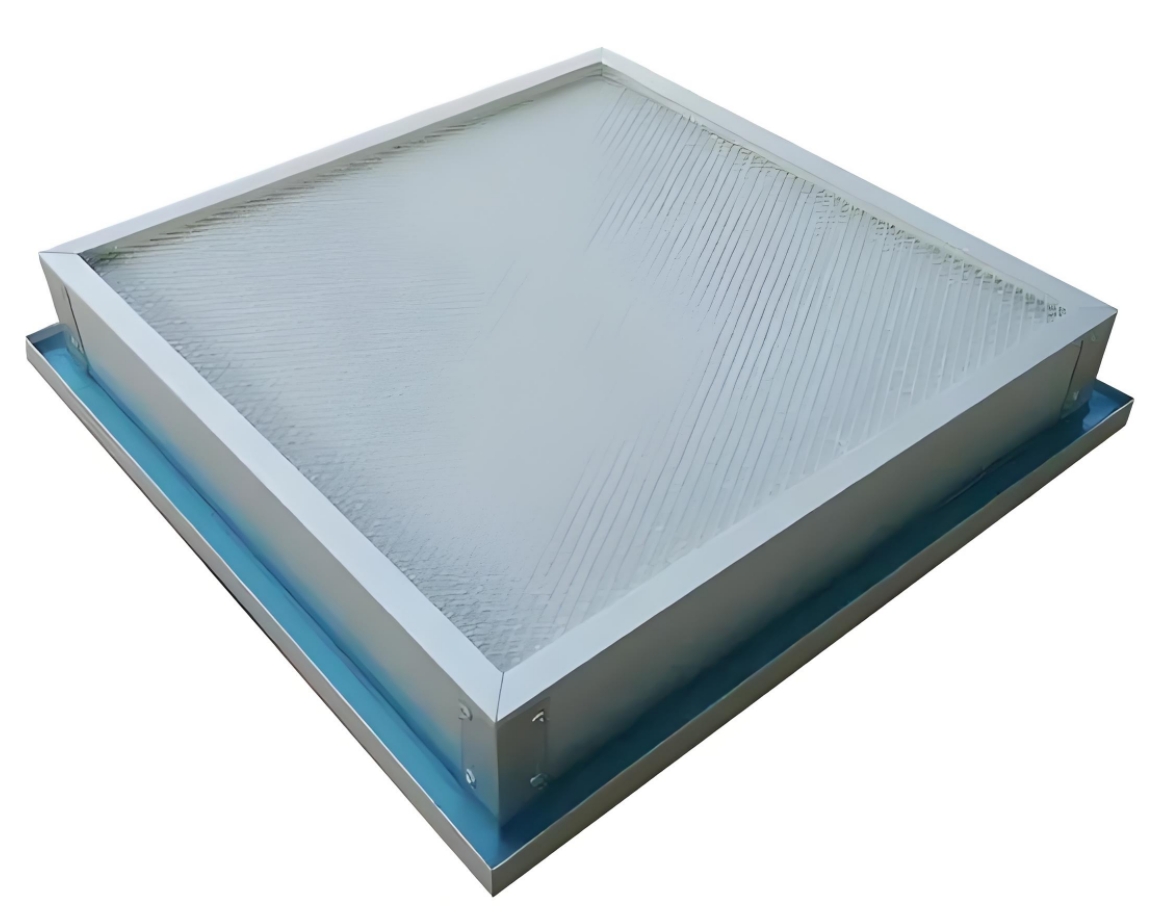
High-efficiency filtration: the filter is mainly used to filter air suspended particles above 0.3μm, as the end filtration of various filtration systems to ensure air quality.
High-quality filter material: the filter media is made of ultra-fine glass fiber filter paper with thermoplastic adhesive as separator, this design effectively reduces the running cost.
Spacerless design: The spacerless thermoplastic spacer adhesive ensures the same pleat layer spacing, ensuring smooth airflow through, achieving high dust holding capacity and fully utilizing the entire depth of the filter media.
Special sealing: The filter is sealed with a special sealant around the filter to ensure the overall sealing and enhance the filtration effect.
Protective measures: Plastic-sprayed protective mesh is added to the inlet and outlet surfaces of the filter to protect the filter paper from damage and prolong its service life.
Enhanced sealing performance: The air outlet surface is flanged, and the inside of the flange is filled with liquid tank sealant, which significantly enhances the sealing performance.
High-performance sealant: The sealant in the tank is a non-Newtonian liquid with the advantages of non-volatile, non-oil creeping, acid and alkali resistance, non-toxic and odorless, etc., and has good flame retardancy and stable electrical insulation properties.
Size customization: Since the air outlet side of the filter is flanged, the size of the air inlet side and the air outlet side are not the same, and customers are required to provide the relevant dimensions when ordering.
Strict testing: Each filter is strictly tested to ensure that its performance meets the standards.
Filtration efficiency grade: The filtration efficiency grade is H13-H14 (EN1822), adapting to a variety of application scenarios.
Liquid tank type high efficiency filter without partition is suitable for the following environment:
Maximum temperature: ≤ 80℃
Maximum humidity: ≤ 100% RH
Frame material: aluminum alloy
Filter material: ultra-fine glass fiber filter paper
Sealant: Jelly glue
Separator: hot melt adhesive
Protective mesh: steel mesh spraying (white)
Working efficiency: 99.97%, 99.99%, 99.999% (MPPS)
The filter is widely used in pharmaceutical factories, food factories, electronic factories and other clean rooms to meet high standards of air quality requirements.
Strong corrosion resistance: the surface of the box is treated with electrostatic spraying, and the liquid tank sealing design further enhances its uniqueness. The box is mainly welded with cold rolled steel plate, and all the welds are sealed with special adhesive to prevent air leakage.
Flexible adjustment of air volume: The air inlet of the box is equipped with a butterfly valve at the top and a rotary valve adjusting device at the bottom side, which facilitates the adjustment of the air volume into the clean room.
Easy replacement: the filter frame is supported and fixed by the filter pressings around the box, all the pressings can be rotated freely for easy filter replacement, and the installation can be operated directly at the bottom of the ceiling without removing the ceiling system.
Leak-proof design: Designed to prevent air from leaking through the inverted frame and the knife edge of the box slipping out of the adhesive groove of the filter frame to ensure the efficient operation of the system.
Regular inspection: Regularly check the surface of the filter for dust, dirt or other material buildup and clean it in time. You can use a soft cloth or brush to gently remove surface dirt and avoid using strong corrosive cleaners.
Replacement cycle: Reasonably arrange the replacement cycle of the filter according to the frequency of use and environmental conditions. It is generally recommended to replace the filter every 6 months to 1 year, but it may be necessary to shorten the replacement cycle in highly polluted environments.
Shut down the system: Before replacing the filter, make sure the relevant system is completely shut down to avoid air flow affecting the operator.
Remove the filter: Remove the filter carefully according to the installation method, taking care not to damage the surrounding sealing material and frame.
Install the new filter: Put the new filter into the frame correctly, make sure the sealing is good, and then fix all the connecting parts.
Adjusting airflow: After restarting the system, adjust the dampers to ensure that the airflow reaches the design standard.
Record maintenance: After each filter replacement, record the maintenance, date and usage environment for subsequent tracking and analysis.
